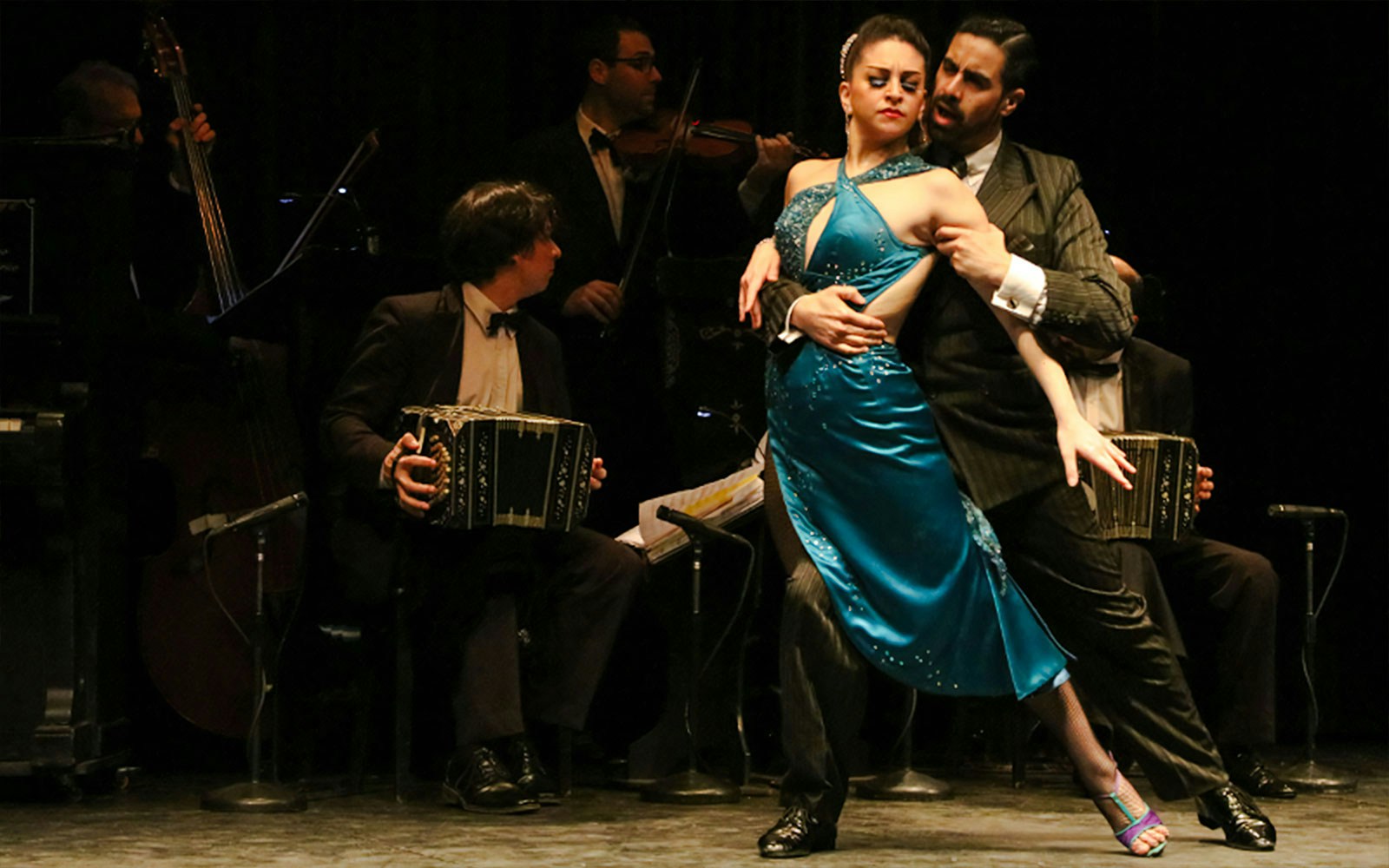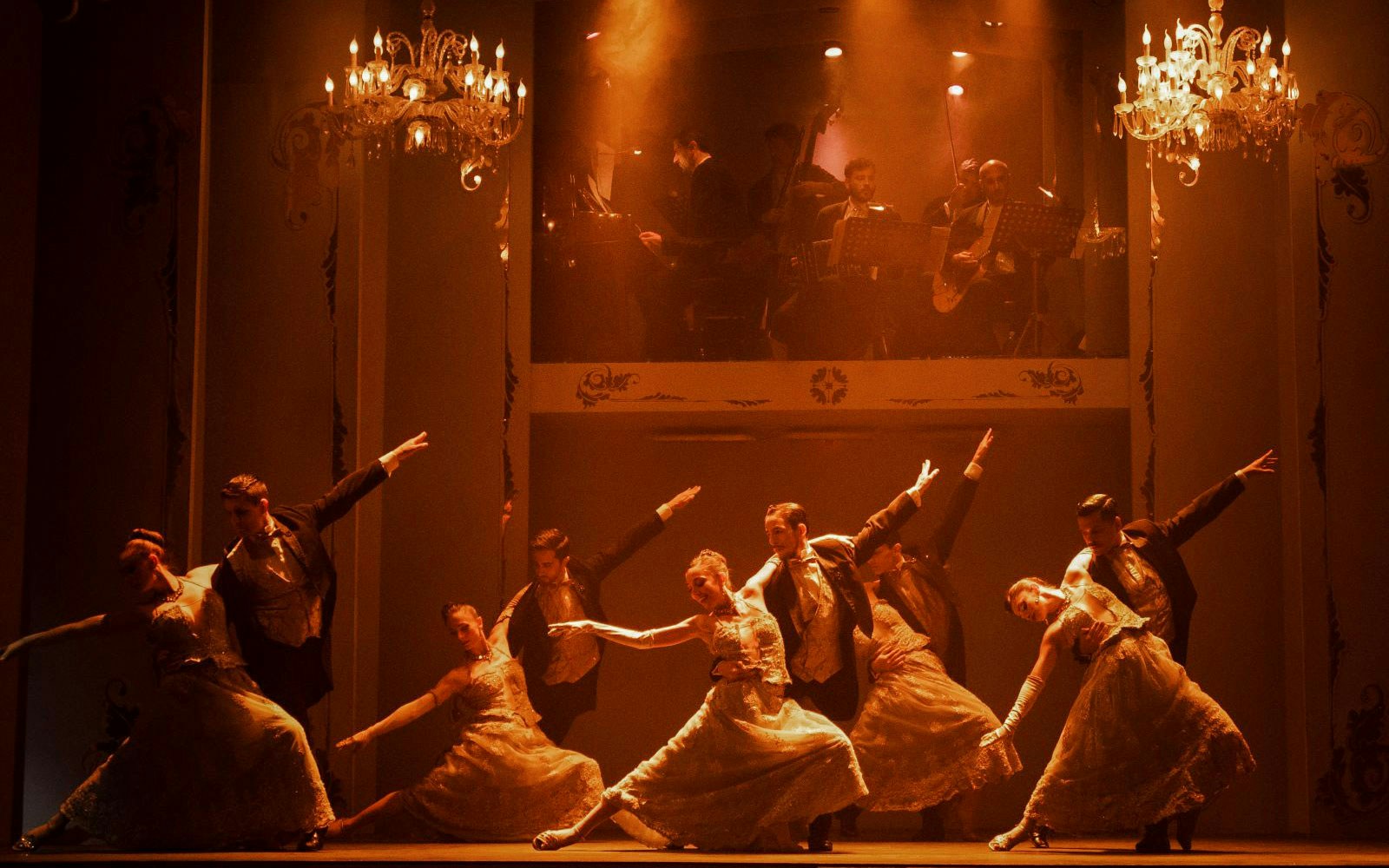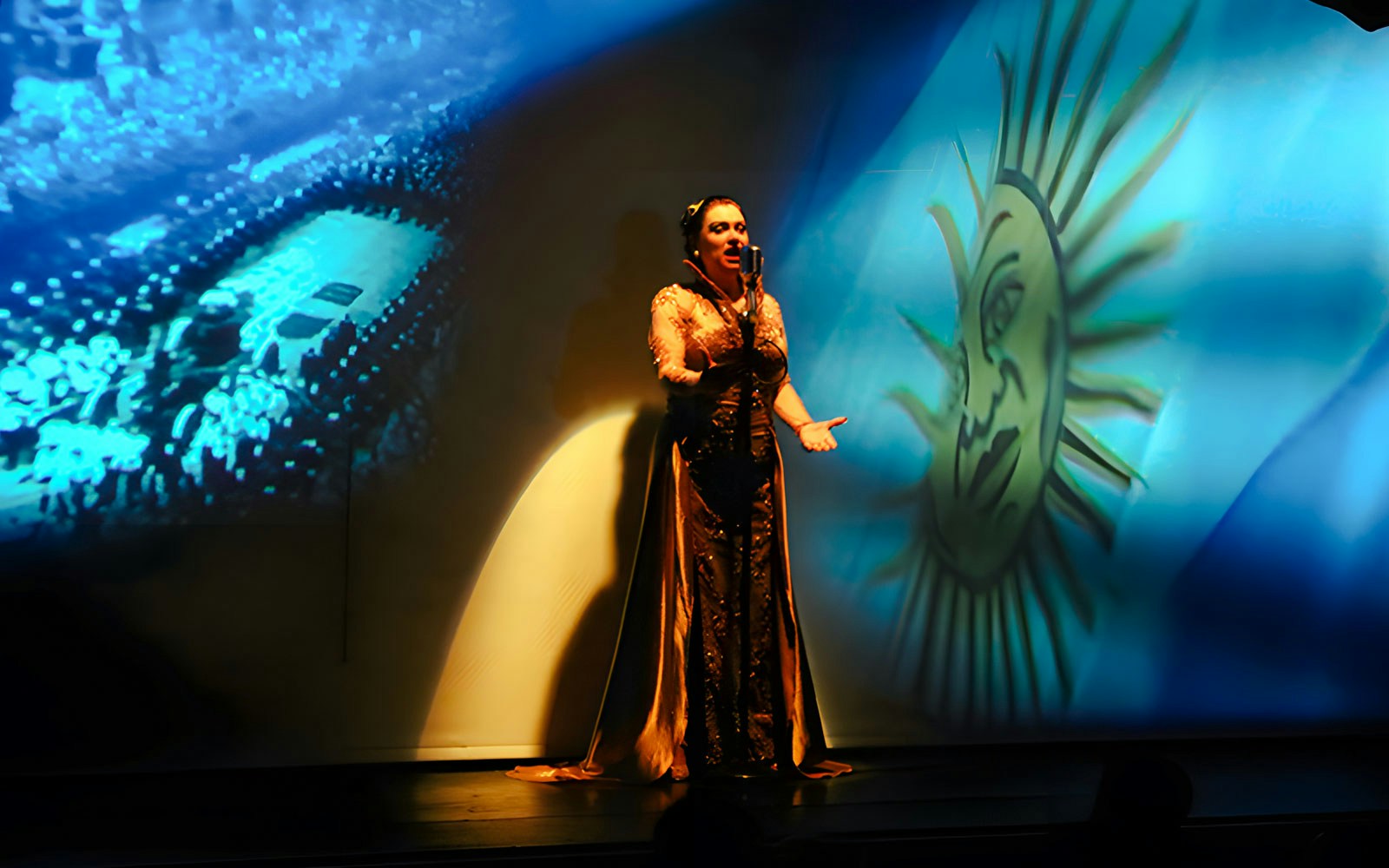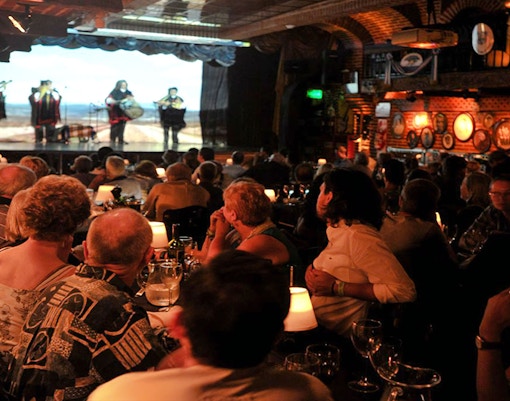Founded by German immigrant Juan Hansen in Palermo, this café is widely seen as one of tango’s earliest homes. Though dancing may have been prohibited, musicians played tango there from the 1890s onward. Rediscovered remains in 2008 confirm its legendary status.
History of tango shows in Buenos Aires | From Port Barrio roots to elegant stage
Tango culture in Buenos Aires: Turn‑of‑century transition
As tango moved from the outskirts to the city’s salons, it became deeply woven into Buenos Aires' identity. This period shaped tango’s history and culture, blending music, dance, and poetry into an urban art form.

From slum to salon
- Migration of Milongas: By the early 1900s, tango had migrated from working-class barrios and shantytown milongas into refined cafés and dance halls. This shift marked its acceptance by the middle class and a rise in social status.
- Social respectability: The emergence of formal dance venues allowed tango to shed its marginal stigma and become a recognisable part of urban nightlife.

Key figures & music
- Carlos Gardel & José Razzano: Gardel’s romantic singing and lyrical depth in songs like Mi noche triste (1917) introduced tango canción, while Razzano, his longtime duet partner and later manager, helped cement tango’s musical identity.
- Cultural Icons: Their collaboration brought poetic storytelling in lunfardo slang and emotional resonance, rooting tango into Buenos Aires’ urban identity and expanding its audience beyond lower-class milongas.

Fusion of art forms
- Musical synthesis: Tango music blended African, European, and Creole sounds: milonga, habanera, and candombe rhythms shaped the foundation of the history of Argentine tango.
- Dance & lyrics: Sensual choreography partnered with slang-infused lyrics, creating an expressive dialogue that mirrored urban life. This fusion became a hallmark of tango culture in Buenos Aires.
Historic tango venues in Buenos Aires
Café de Hansen (1877–1912)
Tango acquiring UNESCO’s world heritage status
Tango’s deep cultural roots earned it a place on the global stage. In 2009, UNESCO declared it an Intangible Cultural Heritage, celebrating the enduring impact of tango history and culture.

Intangible heritage status (2009)
In 2009, UNESCO inscribed tango jointly with Uruguay on its Representative List of the Intangible Cultural Heritage of Humanity, acknowledging it as a symbol of cultural fusion and national identity.
Cultural diplomacy & safeguards
Argentina and Uruguay’s joint nomination led to cultural diplomacy initiatives, preservation programs, and support for dance schools and milongas to safeguard authenticity.
Global elevation of tango
The UNESCO designation significantly boosted tango culture in Buenos Aires on the global stage, fueling interest in heritage tourism, local schools, and staged shows internationally.
Evolution of tango shows in Buenos Aires
What began in smoky bars now graces grand stages across the city. The evolution of tango shows in Buenos Aires reflects the dance’s journey from tradition to theatrical brilliance.
Improvised roots to professional shows
- Grassroots beginnings: In the late 19th century, tango shows were spontaneous performances in working-class bars, brothels, and courtyards. Dancers improvised to live music in crowded spaces, often with little formal training.
- Rise of theatrical tango: By the 1920s and 1930s, tango entered mainstream entertainment. Theatres and music halls introduced structured choreography, elegant costumes, and larger orchestras, shaping the professional tango shows in Buenos Aires we know today.
Nuevo tango & artistic innovation
- Piazzolla’s revolution: In the 1950s and ’60s, Astor Piazzolla challenged tradition by blending tango with classical and jazz elements. His nuevo tango introduced complex arrangements and fresh emotional depth.
- Stage influence: This musical shift inspired experimental staging in tango shows—choreographers began to play with lighting, narrative, and abstract movement, expanding the expressive range of tango history and culture.
Tourist-focused productions (2000s onward)
- Dinner-theatre spectacles: Modern venues like La Ventana, Tango Porteño, and Piazzolla Tango present high-production performances with live orchestras, costumed dancers, and immersive storytelling, bringing the history of tango to life for international audiences.
- Global appeal & accessibility: These polished shows helped cement tango shows in Buenos Aires as a must-see attraction, blending authenticity with accessibility and reviving interest in local and global tango communities.
Tango shows today: Why they matter

Beacon of live entertainment
- Immersive experiences: Tango today in Buenos Aires features polished choreography, cinematic lighting, and live orchestras, offering an unforgettable theatrical experience rooted in cultural storytelling.
- A must-see for visitors: Whether at an iconic venue like El Querandí or a grand production like Tango Porteño, these shows capture the spirit of Buenos Aires and remain a highlight of the city’s live entertainment scene.

Types of performances
- High-production shows: Rojo Tango, Madero Tango, and Tango Porteño offer theatrical renditions with rotating stages and multimedia elements.
- Traditional & community events: Intimate milongas at El Querandí, Homero Manzi, and queer tango gatherings like Milonga Tango Queer La Marsháll and Tango Cuir provide grassroots cultural connection and inclusivity.

UNESCO's impact today
- Cultural preservation and investment: The 2009, Tango’s UNESCO world heritage status prompted revitalisation of historic tango houses, funding for dance schools, and stronger protections for milonga culture.
- Local and global pride: With increased global attention, tango has become a powerful cultural export, uniting communities through festivals, competitions, and educational exchange rooted in tango culture in Buenos Aires.
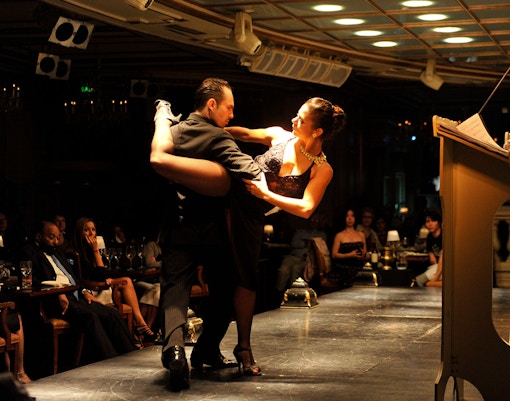
Fusion of tradition & innovation
- Classic meets contemporary: While traditional salon-style performances honour the roots of the history of tango in Buenos Aires, modern productions integrate theatrical elements and musical experimentation.
- Diverse new expressions: Electro-tango, queer tango, and genre-blending fusions reflect the dance’s adaptability, ensuring the continued evolution of tango history and culture into the 21st century and beyond.
Book your tickets to tango shows in Buenos Aires
Frequently asked questions about the history of tango in Buenos Aires
Stage-style tango shows appeared in Buenos Aires as early as the 1920s and ’30s, moving from informal milongas into cabarets and theatres.
Tango’s history developed through immigrant and Afro‑Argentine influences in the late 19th century, shaping its music, dance, and emotional prose.
Sites like Café de Hansen (demolished), Café El Nacional, and El Marabú Cabaret remain emblematic of tango’s early salons. Some survive as restored venues; others live in song and legend.
Piazzolla revolutionised tango by creating nuevo tango, blending classical music and jazz with traditional rhythms. He modernised tango history and culture and expanded its appeal worldwide.
Yes, figures like Tita Merello and Ada Falcón were early female tango singers and actresses who broke into a male-dominated scene, leaving a lasting mark on tango culture in Buenos Aires.
Early composers like Ángel Villoldo (El Choclo), Manuel Campoamor, and Enrique Santos Discépolo played key roles in shaping the melodies and moods of tango's formative years.
The 2009 UNESCO listing recognised tango’s cultural importance, encouraging conservation, global awareness, and validation of tango culture in Buenos Aires.
Shows shifted from intimate, street‑level expression to elaborate professional productions, while community dances (milongas, queer tango) reflect inclusive, evolving urban culture.
From upscale tango stage shows like Gala Tango and Madero Tango, to authentic milongas, community events, and queer tango gatherings, visitors experience diverse forms of the dance.
Yes, modern productions often include narrative, lighting, and ensemble numbers, but traditional milonga experiences still preserve the original, improvisational spirit.

